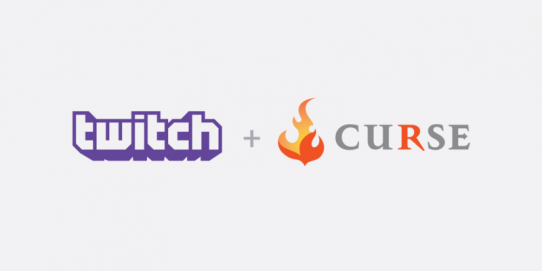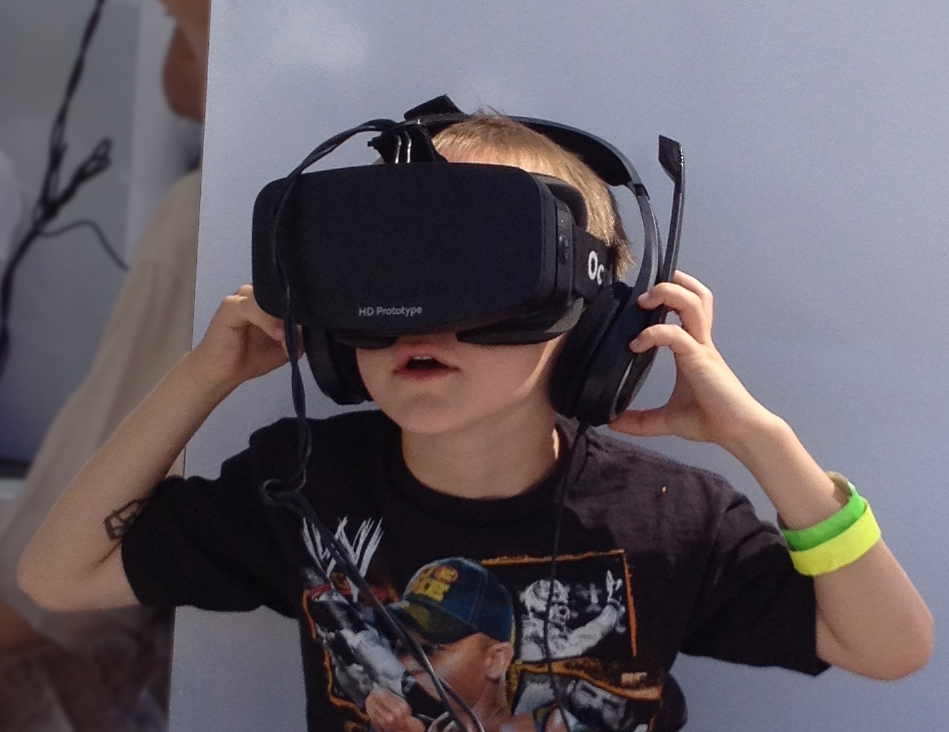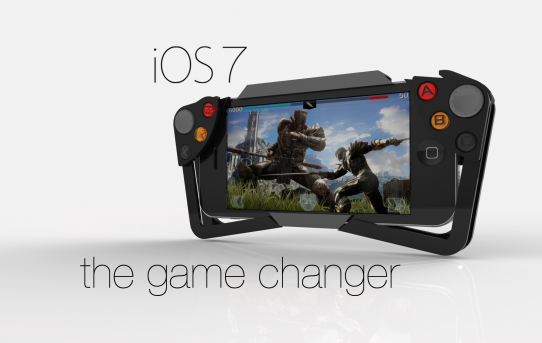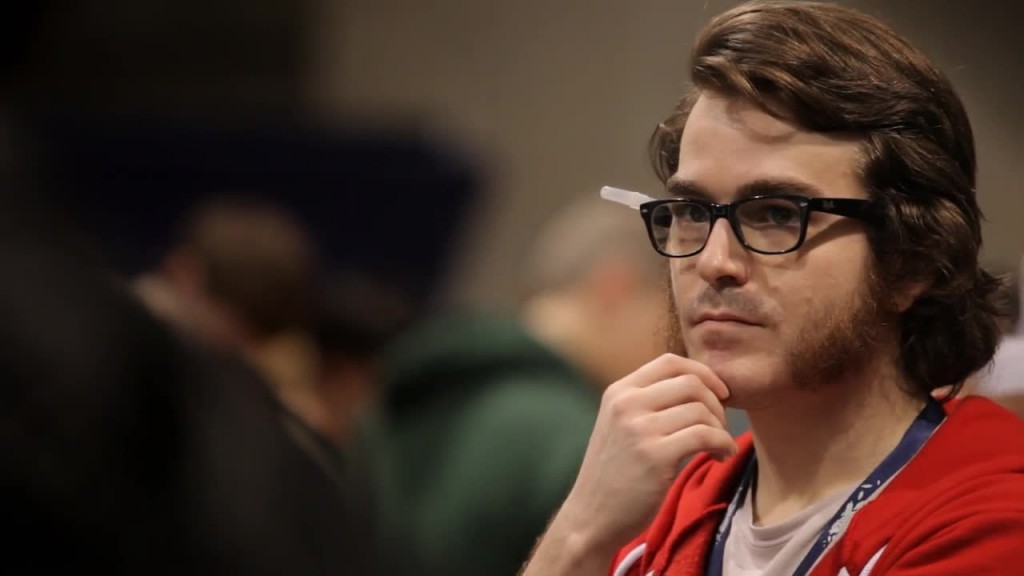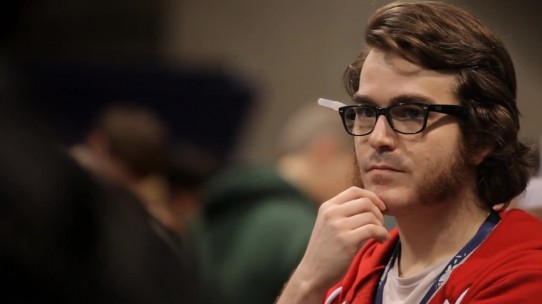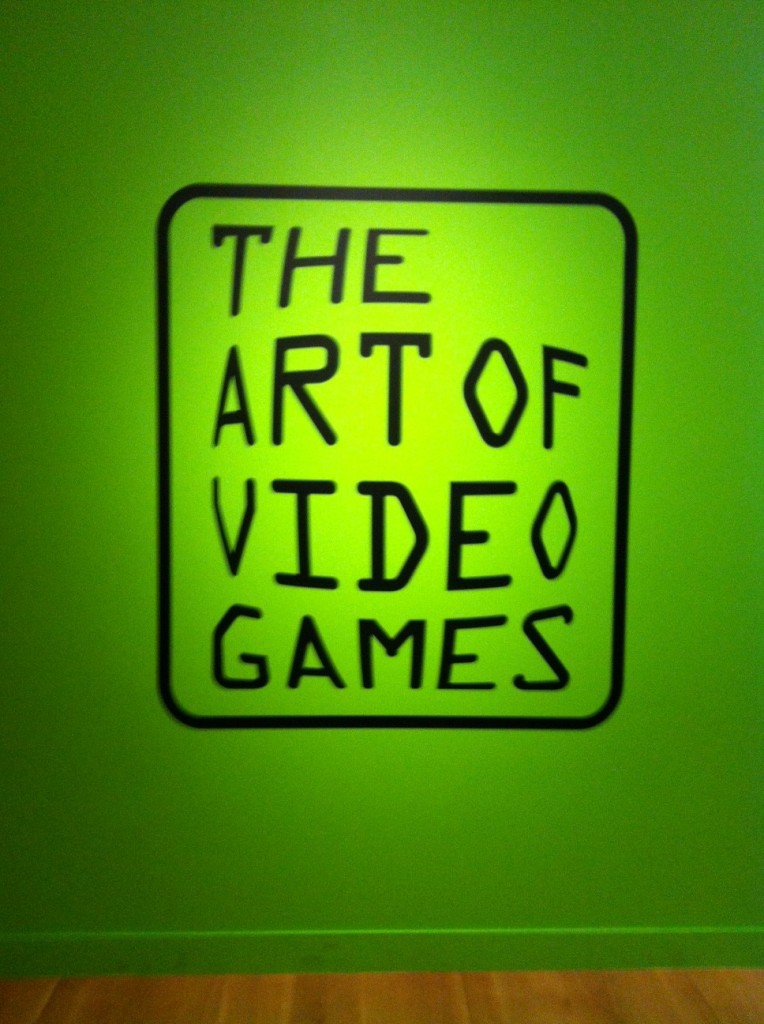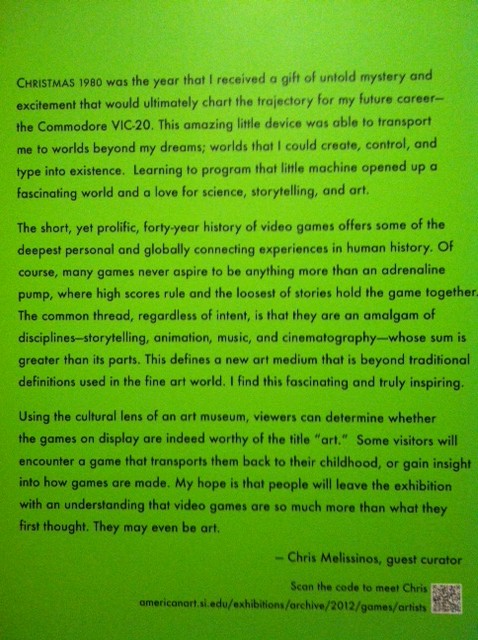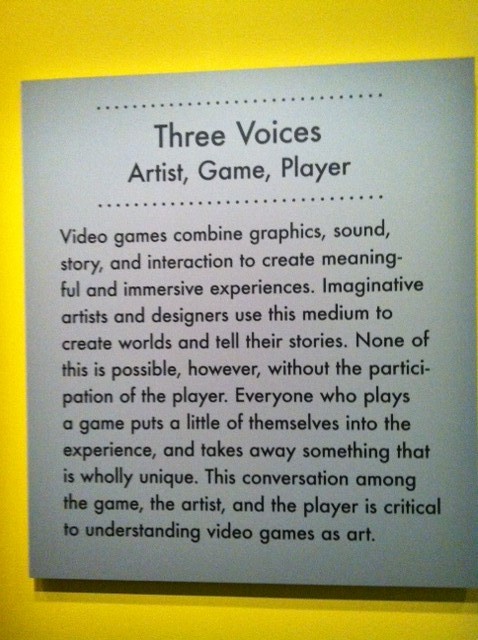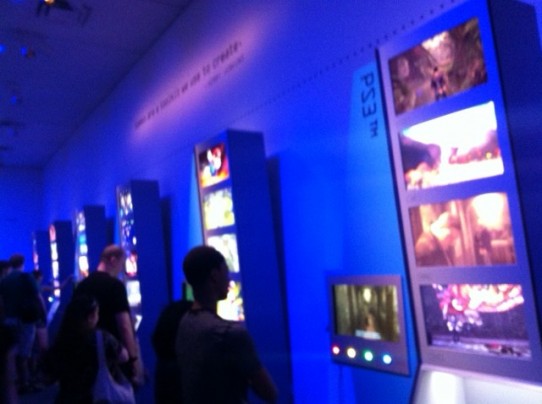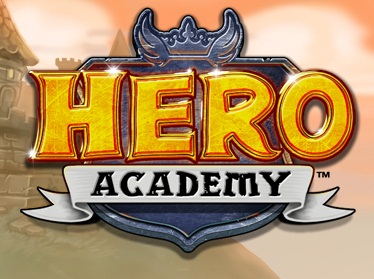The buzz surrounding CES 2010 in January was all about 3D technology – new TV sets, new Blu-ray players, games, mobile phones…. the list goes on and on. Also contributing to the 3D hysteria, films adopting the 3D format (one in particular that involved blue aliens and told a cliché storybook tale of love, courage and rebellion) are captivating moviegoers around the globe. While heavy tech addicts are drooling over 3D technology, the jury is still out on whether the mass market will be willing to spend their hard-earned clams on rigging the home with 3D. I attended the 3D Gaming Summit seeking answers on whether the world was truly ready for 3D.

The 3D Gaming Summit took place April 21-22, here in Los Angeles at the Hilton – Universal City (link). The inaugural year placed focus on games as the key driver for the future success of 3D technology. While there was a clear general consensus that 3D is great in the movie theaters, many in attendance asserted that for the technology to truly take off, gamers are pivotal in driving adoption and securing market penetration. Not only did leading members of the interactive entertainment industry speak on the subject, Hollywood heavy hitters including John Landau and Paul W.S. Anderson shared their thoughts as well. Across the board, everyone seemed to agree that the immersive experience of a videogame and 3D are the perfect couple that will usher in the new era of home entertainment.
But are consumers ready? This was the central topic to Michael Cai’s presentation, a block of time that I devoted my attention to like a hawk. The VP of Research, Videogames, with Interpret LLC (link) disclosed figures that encouraged a cautious approach in the future of 3D. Of the 1,400 surveyed (ages 12-65), theatrical awareness of the technology is high, but awareness for 3D in the home is very low. Satisfaction for 3D is high, but the lack of awareness for capabilities in the home exhibits a huge desire for market education.
For their 3D fill, among core gamers in the group, 23% preferred a PC/monitor, 16% PC/TV, and 61% preferring to game on a console/TV setup. In terms of content, FPS and racing games were noted as the most desirable 3D experience. This puts Sony in a unique position with its latest PS3 firmware upgrade that enables 3D. Interpret’s research indicated that the PS3 will help to drive 3D adoption in the home, with 10% of those polled who do not own a console fully intending to purchase a PS3 regardless of 3D, and 13% citing that they would purchase with 3D (a 3% increase because of 3D alone). With the impending Sony Move release, and an on-stage demo by SCEA’s Platform Research Manager – Developer Support, David Coombes, showcasing how the technology might work in a 3D environment, it is clear that the PS3 just grew a third leg in the console race with a boost from 3D technology.
What are the reasons cited for not purchasing 3D technology in the near future? “Too expensive” said 74% of the group surveyed, with 43% discouraged by the uncomfortable glasses, and 30% believing the technology is still too nascent. This is a major indicator that the technology is still in its infancy and consumers are reluctant to invest and adopt in 3D for the home.
There are many hurdles to overcome before we see true widespread adoption of the technology, but some of the primary and most basic of challenges discussed can be wrapped up in a few simple points.
Cost
Just to watch 3D movies, you’ll need a 3D TV complete with compatible glasses (ships together), which automatically demands hundreds of dollars more investment. Add to this the fact that many consumers only recently upgraded to HD in the last several years. In addition, having to purchase a compatible 3D-capable Blu-ray player and the additional cost of the discs to provide content, and it becomes apparent that there are high cost barriers to mass market penetration. All this just for movies?
We’ll see a different story with core gamers. This audience tends to invest heavily in new technologies that improve the experience – a $600 hi-def console, 1080p television sets that reach well over 50 inches, multiple purchases of $60 games throughout the year – and that’s just the console market. PC hardware easily runs in the thousands of dollars, including annual upgrades to keep up with processing demands. Should the consumer be asked to make an additional $1,000 investment for an even more immersive videogame experience through 3D? They sure will be tempted to, as one gamer after another experiences high quality 3D games built from the ground up. To echo much of what was being said on the show floor and my own personal experience at the NVIDIA booth, “ya gotta see it to believe it.”
Standardization and Fragmentation
It’s the same old song – new technologies debut, the major players claim their stake with proprietary formats, and products ship without regard for compatibility. Go to the movies and you’ll use polarized glasses that work with what you’re viewing, as long as they’re compatible with the technology provider – e.g. works with RealD (75% theater market share), but not at the IMAX theater. Take those glasses home, they won’t work with Samsung’s 3D sets. TV manufacturers use Active Shutter technology, which communicate with the TV set to move in sync and present 3D images. However, Samsung’s active shutter glasses won’t work with Sony’s Bravia line because of the different radio frequency that they communicate over. Nor will these active shutter glasses work with NVIDIA’s solution for the PC. The list goes on and on…
We always experience this with new technologies, but with 3D, to be blunt, it’s a real mess. Attendees unanimously agreed and echoed the sentiment that 2010 is the year of confusion for 3D. Hopes remain that standards will sweep across the board in 2011, while consumer fears of outdated technology and lost investments (e.g. HD-DVD) will continue over the next 5-10 years as the industry shakes out.
Developer Support
Build quality content and the consumers will come… Apple is experiencing tremendous success because of the developer support they’ve been able to garner for the easy creation of apps on the content ecosystem. This is similar with 3D – there are good and bad forms of content depending on the execution. Some movies were created from the ground up in 3D (Avatar), using 3D cameras and 3D tools in production. Others were converted into 3D after the fact using special software. Amazingly, consumers are noticing the difference in quality and critics are calling the latter out…
Particularly in games, the core audience isn’t one to be fooled. For a quality 3D experience, games will need to be built from the ground up in 3D, which unfortunately requires quite an additional investment. Yet, without a market ready to purchase and experience the game in 3D, developers will be reluctant to take on the project, especially in the case of big publishers. We’ll be seeing games come out over the next several years that were converted into 3D in post-production, which won’t help to drive adoption because of the average quality. Yet, as people invest in 3D technology over time and the market grows, we’ll see more developers putting some sweat into the development of the game, creating something truly unique and fascinating.
For 3D technology to reach mass adoption levels in the home, gamers will need to prove that value exists in the experience. Current confusion surrounding the technology will surely hamper the speed at which 3D technology enters the household, particularly with the general consumer market. High costs and standardization issues will limit the potential for 3D technology in the short term, but 5-10 years from now we may all be singing to a different tune as one gamer at a time drives adoption. Until then, it’ll be an interesting ride to watch the industry move in real-life 3D without any special glasses on.
For a complete look into the summit and the state of the 3D industry, head on over to Tom’s Guide for a story by James Pikover: http://www.tomsguide.com/us/3DTV-Gaming-Summit,review-1540.html
Our client, GUNNAR Optiks (www.gunnars.com), will be releasing a new line of digital performance 3D eyewear this summer, which will work at all RealD cinemas and with linear polarization 3D technology for PC gaming. Head on over to their site and keep an eye out for the release!

